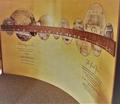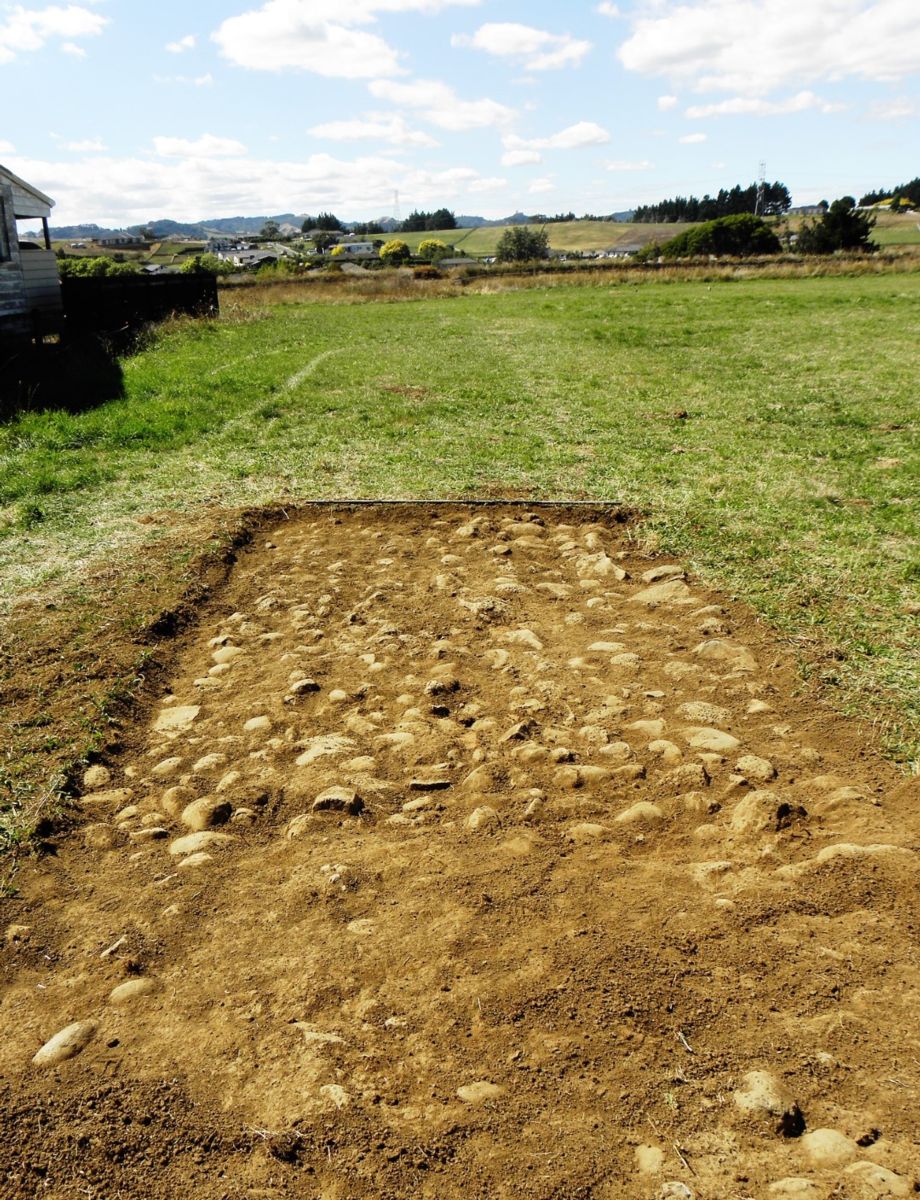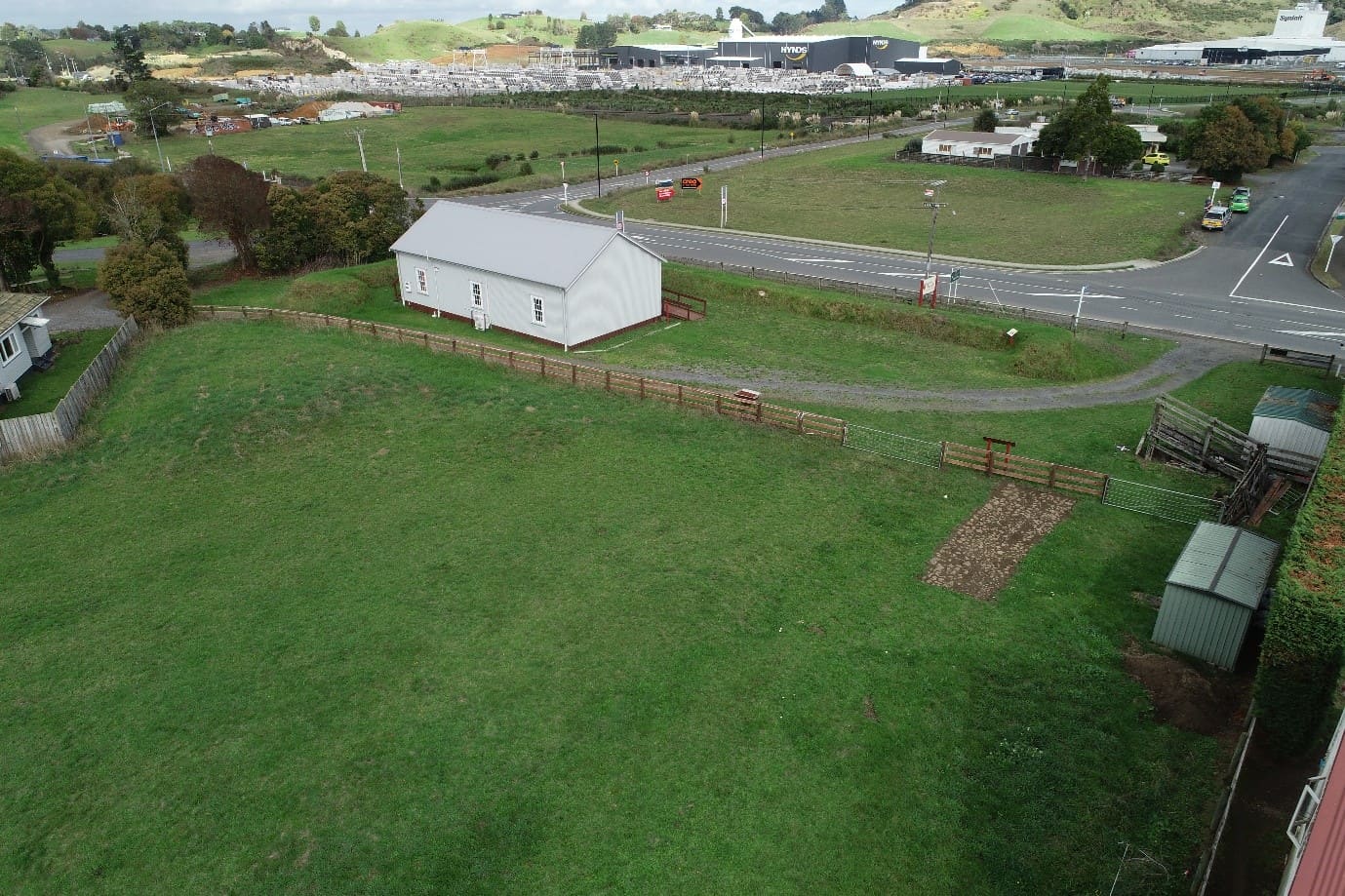 |
|
Search
Earthworks, Restoration, and Visitor Centre
The Cobbled RoadIn 2022 during one of our monthly working bees, I spotted 3 or 4 stones just visible in the grass. They were in a straight line, and I thought may indicate the edge of some sort of stone-lined feature. The stones were visible for the first time after a dry summer and the grass was unusually short. I started probing and it soon became apparent there were a lot of stones over an area about 3 metres wide and at least 20 metres long. The next working bee we systematically pulled up all the grass which was over the stones and uncovered a cobbled road inside Queen’s Redoubt. We decided to keep a 5m by 3m section permanently open as a interpretable feature. Further probing revealed the cobbled road divided the redoubt in half and it extends from the west gate across the redoubt to the east gate. There may be paved side tracks off it leading to various buildings in the redoubt but these have not been found yet. A notable feature about the rock used to form the cobbled road is that they were all broken by hand and it is remarkably chunky and angular (see photo). It would have been a rough ride over it and uncomfortable for horses. The rock almost certainly came from Austin’s farm (off the road to the Bluff Stockade) to the west of present day Pokeno. The British Army established an initial base on his farm, occupied by companies of the 12th and 14th Regiments while they built the southern end of the Great South Rd in late 1862- early 1863. They also quarried rock on the farm. The camp was abandoned after Queen’s redoubt was first occupied in September 1862. We believe the cobbled road would have been built about the same time Queen’s Redoubt was being constructed, as the main thoroughfare. Although there are mentions in diaries and other records of wet weather during the period Queen’s redoubt was occupied (September 1862 until late1866, we have found no reports indicating the interior of the redoubt turned into a quagmire after heavy rain, which one might expect when up to 450 men were moving about inside the redoubt during long wet periods. We know from archaeological excavations there was a box culvert through the west wall to allow drainage, presumably both entrances into the redoubt (in the east and west walls) allowed drainage from the interior, and there may have been corduroyed or gravelled paths between the buildings, but we have found no evidence or records of such features.
|
|
|
© Queens Redoubt Trust. | Site Map Site designed and hosted by |
|











